46 million tons.
The building sector generates the same amount of waste annually as 1.5 times the production of household waste by the French – according to the Ministry of Ecological Transition. This sector alone extracts over 30% of the planet’s natural resources globally! 🧐
We need sustainable development for constructions of tomorrow! Let’s put an end to concrete construction sites that cause pollution; it’s time for awareness of the environmental impact in the retail sector.
And what about design? By using natural ressources, sustainable design rethinks the ecological impact of spaces and considers the entire life cycle of materials, from their conception to their disposal.
Feel inspired? Let’s focus on the top 5 eco-responsible materials for sustainable retail.
#1 Raw earth clay
Traditional building material, raw earth clay is making a big comeback in today’s constructions. Composed of clayey soil mixed with plant fibers, it is primarily used in block or brick construction.
Not only is earth a renewable natural resource, but it also provides excellent thermal insulation and regulates humidity, contributing to a healthy and energy-efficient indoor climate. In short, it is abundant, cost-effective, and eco-friendly!
- Sustainable: The resistant nature of coated earth allows its structures to last for centuries.
- Natural: Due to its abundance, the extraction of earth has a low environmental impact compared to other construction materials.
- Insulating: Its thermal insulation capacity helps reduce the energy consumption needed for heating or cooling buildings.
- Regulating: Earth has the ability to regulate humidity inside buildings, contributing to a comfortable and healthy indoor climate.

#2 Cocoa bean waste
From the chocolate industry, it is possible to transform cocoa bean waste into a durable construction material that can be applied to walls, floors, or ceilings! It is mixed with sand and cement to enhance its strength and durability.
The advantage? Cocoa bean waste is an ecological alternative to the industrial waste generated by the chocolate sector and provides durability and excellent thermal insulation properties.
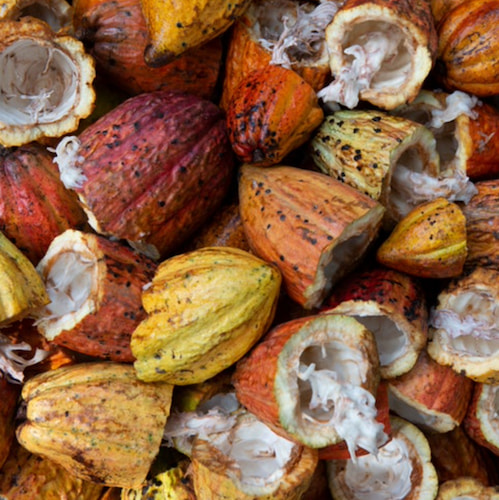
Image source : Thred
Recyclable: By using cocoa industry residues, this material contributes to waste reduction and the valorization of by-products.
Insulating: Cocoa bean waste helps reduce the energy consumption needed for heating or cooling buildings.
Resistant: This material is generally robust, making it suitable for various types of construction.
Aesthetic: The part built with this material offers a unique and warm aesthetic thanks to its natural brown hues.
#3 Fibralith
Looking for a material that combines style and performance? Look no further than Fibralith! Composed of compressed and mineralized wood panels, it offers excellent thermal and acoustic insulation while being made from renewable resources.
Besides requiring less energy for manufacturing compared to many other materials, the wood used in Fibralith panels also contributes to reducing carbon emissions. Insulation and durability in one package? Yes, please!
Insulating: With its thermal and acoustic insulation properties, Fibralith contributes to reducing energy consumption and creating a comfortable indoor environment.
Renewable: Wood wool panels are made from wood, a renewable resource, and can be recycled at the end of their life.
Eco-friendly: Its manufacturing process requires less energy compared to other materials.
Regulating: Mineralized wood has a natural ability to regulate humidity, which can contribute to maintaining a healthy indoor climate.
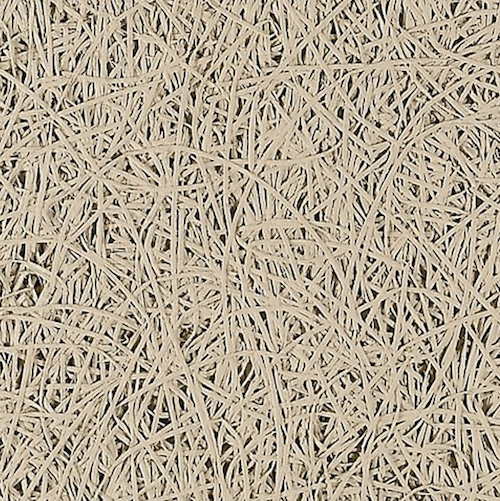
Image source: Namur
#4 Pineapple Fiber
Known as Piñatex, pineapple fiber is the perfect sustainable alternative to traditional leather, increasingly embraced by ethical and vegan fashion enthusiasts!
This innovative material is made from pineapple leaves, which are often considered agricultural by-products or waste. Its manufacturing process helps reduce the ecological footprint of the textile industry, whether in fashion or furnishing.
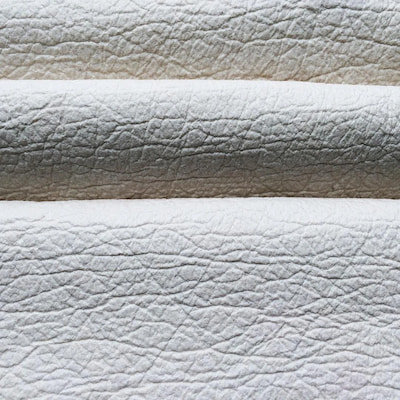
Image source: We Dress Fair
Sustainable: Its production requires significantly less water and agricultural land compared to intensive livestock farming needed for animal leather.
Vegan: Unlike traditional leather, no animals are exploited or killed for the production of pineapple fiber, out of concern for animal welfare.
Fair: Its production often benefits local farming communities in regions where pineapples are grown, contributing to the sustainable development of rural communities.
Versatile: Pineapple fiber is used in various industries, from clothing and shoes to furnishings and accessories.
#5 Terrazzo
Need some deco inspo? Choose Terrazzo! Made from fragments of marble, granite, or glass incorporated into a base of cement or resin, Terrazzo offers an infinite variety of patterns and colors. Besides being sustainable and wear-resistant, it also allows recycling of stone and glass waste.
-
Resistant: Terrazzo is renowned for its longevity and wear resistance, making it suitable for long-term use.
Aesthetic: It offers a wide variety of patterns and colors, making it a material appreciated for its attractive aesthetics.
Recyclable: Stone and glass waste from other industries can be recycled and used in the production of terrazzo, contributing to waste reduction.
Easy to maintain: Terrazzo requires minimal chemicals and water for cleaning.
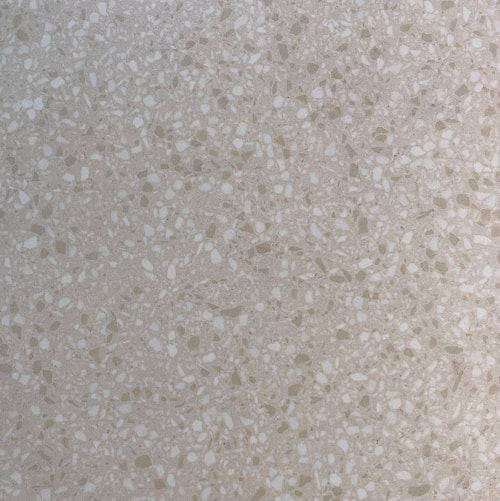
How about using all five within the same space?
CBA Design partnered with Valrhona in developing the retail concept for their boutique in Paris – an immersive and sensory space. With the aim of highlighting the brand’s CSR commitments (B Corp), CBA created a hybrid space that combines a retail store and a discovery area.
The boutique was designed using the 5 materials mentioned!
Congrats to the Retail & Architecture team at CBA Paris! 🔥
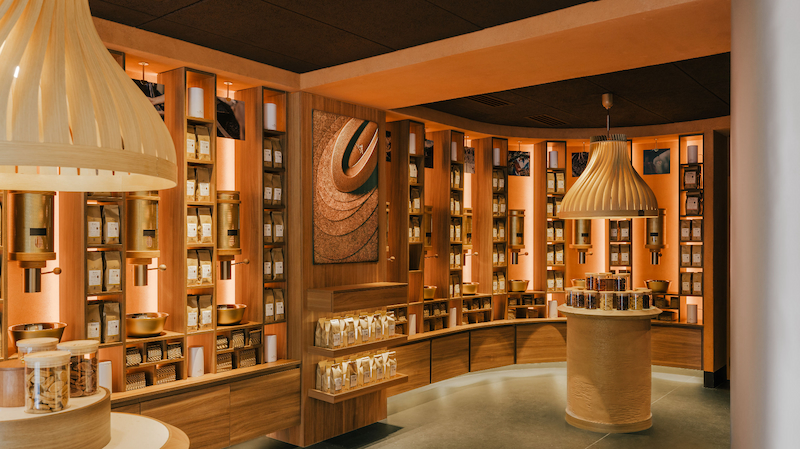
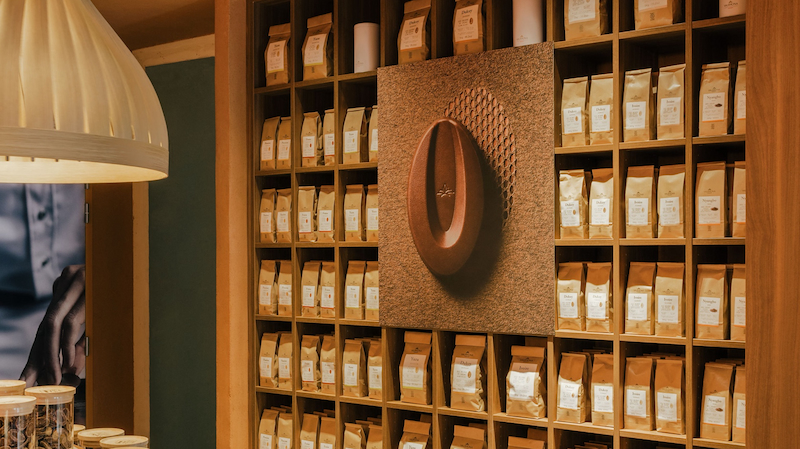
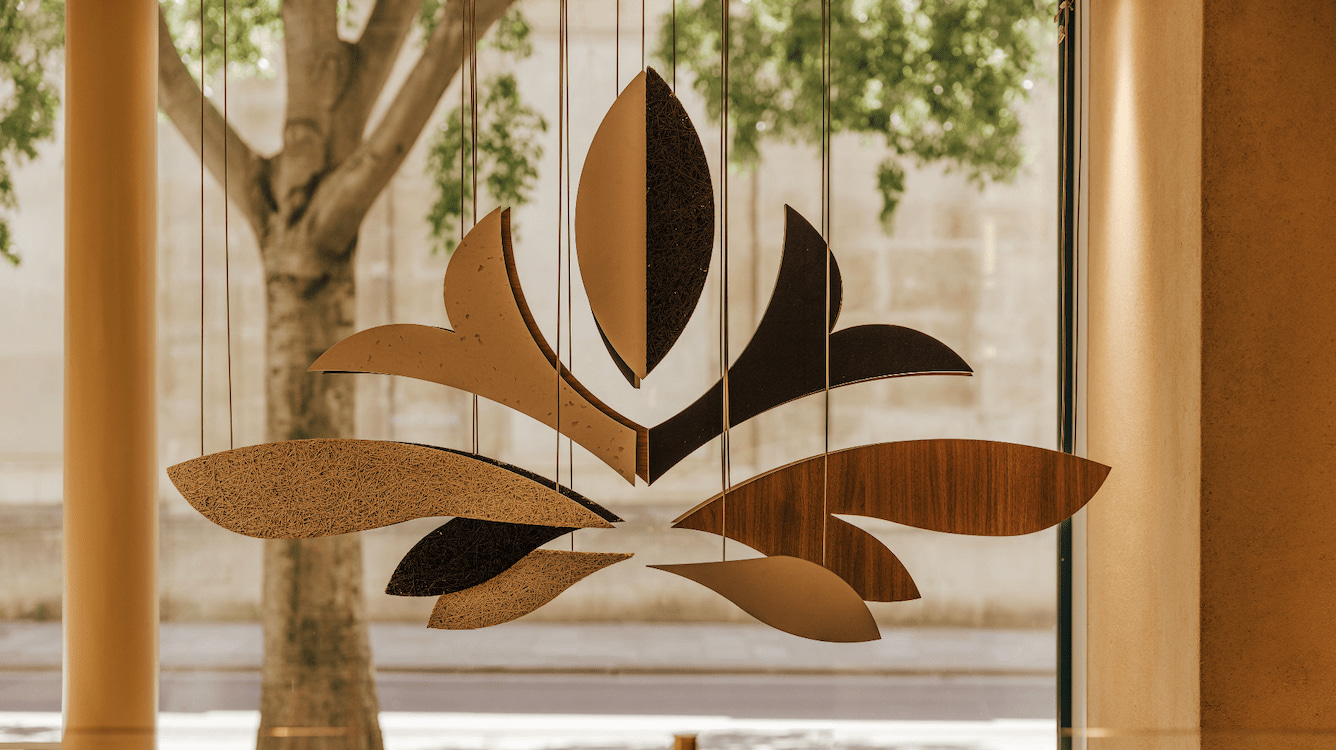
Eco-friendly materials, a must.
In any case, one thing is certain: there is indeed an eco-friendly alternative to the construction materials we know! From raw earth to pineapple fiber, nature offers us a multitude of resources that inspire the world of design.
The goal? To design sustainable retail concepts, reduce the carbon footprint of spaces, and, above all, create immersive and responsible customer experiences.
So, what’s your favorite material among this TOP 5? 👀
